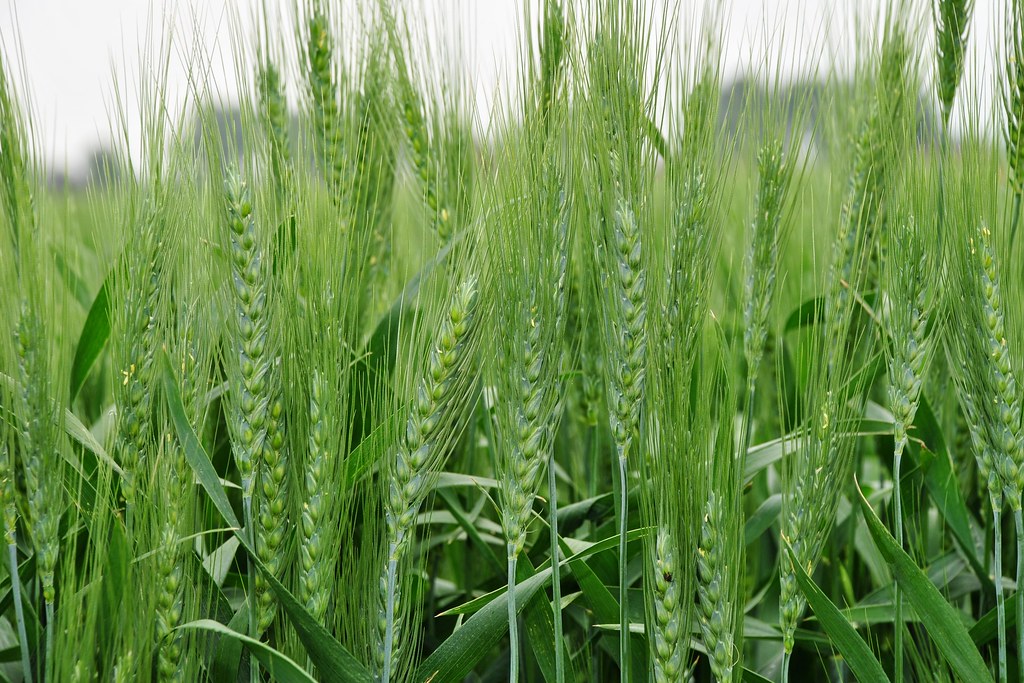
Farmers in Zimbabwe are working diligently to meet the May 31 deadline for planting wheat, with more than 35,000 hectares of land already planted. Planting after the deadline is discouraged as it may negatively impact yields due to early rains.
To support farmers in their efforts, the Agricultural and Rural Development Advisory Services has provided 11,000 tonnes of basal fertilizers, 10,000 tonnes of top dressing fertilizers, and 3,000 tonnes of seed. These resources are crucial for ensuring healthy crop growth and maximizing yields.
Dr. Shadreck Makombe, the president of the Zimbabwe Commercial Farmers Union, has urged farmers to expedite planting and land preparations while adhering to best agronomic practices. Following these practices will not only enhance yields but also contribute to the overall success of the wheat farming sector.
The timing of wheat planting in Zimbabwe varies depending on the region and specific programs. In general, the optimal planting dates fall between the last week of April and the end of May. However, some farmers have been advised to continue planting until early June to meet the national target of cultivating 85,000 hectares of wheat. It is important to note that planting beyond the end of May may result in lower yields due to the onset of early rains.
Wheat cultivation plays a significant role in Zimbabwe’s agricultural landscape, providing a vital food source and contributing to the country’s economy. Meeting the planting deadline is crucial for ensuring a successful harvest and maintaining a steady supply of wheat-based products.
As farmers diligently work to plant their wheat crops, it is essential to support them with necessary resources, technical guidance, and favorable market conditions. Additionally, ongoing research and investment in the wheat sector can further enhance productivity and sustainability, benefiting both farmers and consumers alike.
By prioritizing efficient planting practices and utilizing available resources effectively, Zimbabwe’s farmers are striving to meet the country’s wheat production goals and ensure food security for its population.



















Leave a Reply